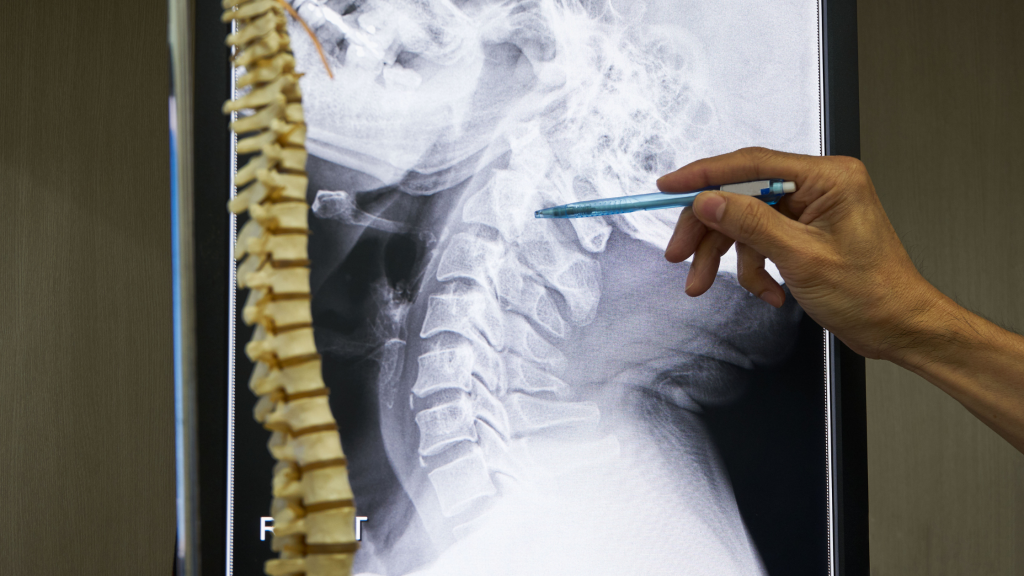Have you ever felt that dread when faced with the possibility of surgery, especially when it comes to back problems? It’s understandable.
Fear of invasive procedures and long recovery times often makes us hesitant to seek medical help.
But what if I told you there was an alternative? It is minimally invasive surgery in neurosurgery and in today’s article, we will explore in detail what this innovative technique involves, its various applications and the benefits it offers.

What is minimally invasive surgery in neurosurgery?
The minimally invasive surgery in neurosurgery is an innovative technique that has transformed the modus operandi of surgical surgical treatments known so far. In contrast to traditional surgery, which often requires extensive incisions, this technique uses specialized tools and advanced technology to access target areas with pinpoint accuracy and minimal trauma to the patient.
- Small incisions.
- Specialized instrumentation..
- State-of-the-art technology.
Differences between traditional and minimally invasive surgery in neurosurgery.
The main difference lies in the surgical approach. While the traditional surgery involves extensive manipulation of the surrounding tissues, minimally invasive surgery minimally invasive surgery uses small incisions and image-guided techniques and specific instruments to minimize damage to healthy tissues.
Let’s look at it in detail:
Traditional surgery:
- Traditional surgery involves making larger incisions in the skin and underlying tissues to access the target area.
- More extensive manipulation of surrounding tissues is performed to access the area of interest, which may cause more damage to healthy tissues.
- Due to the size of the incisions and extensive tissue manipulation, it carries a higher risk of complications, such as infection, blood loss and prolonged recovery time.
- The healing and recovery process after traditional surgery can be prolonged, which may require a longer hospital stay and extended rehabilitation time.
Minimally invasive surgery:
- The minimally invasive surgery uses smaller incisions of a few centimeters to access the target area.
- Instead of direct tissue manipulation, it uses image-guided techniques, such as endoscopy, microsurgery or tubular approaches, to visualize and access the area of interest with millimeter precision.
- Due to the less invasive approach and reduced manipulation of surrounding tissues, this technique has a lower risk of complications, as well as a faster recovery time and shorter hospital stay.
- Due to less tissue trauma and smaller incisions, patients who undergo minimally invasive surgery often experience shorter recovery times and a quicker return to normal activities.

Applications of minimally invasive surgery in neurosurgery.
If you are looking for solutions for your back problems and neurological pain, minimally invasive surgery could be the answer.. This advanced surgical approach offers a variety of applications that can address a wide range of neurological conditions, providing effective results with lower risk and faster recovery times.
- Treatment of herniated discs: Herniated discs are a common cause of back pain and sciatica. Minimally invasive surgery allows surgeons to access the herniated disc with small incisions, minimizing damage to surrounding tissues and speeding patient recovery.
- Treatment of canal stenosis: canal stenosis is an arthritic degenerative pathology of the spine, which consists of a narrowing of the spinal canal and the holes through which the nerves must exit. It is often multisegmental in location, but with minimally invasive techniques it is possible to decompress isolated segments and free roots without having to destabilize the spine with large approaches.
- Brain tumor resectionThis technique allows surgeons to access the tumor with millimeter precision, using a neuronavigation system, which reduces the risk of damage to the surrounding areas of the brain and improves postoperative results.
- Treatment of aneurysms and arteriovenous malformations: Allows surgeons to repair the vascular malformation with precision and minimize the risk of complications associated with traditional surgery.
- Other neurosurgical procedures: In addition to the applications mentioned above, in neurosurgery it is used in a variety of other procedures, such as neural decompression and spinal stabilization. These procedures offer effective results with less pain and recovery time for patients.
“Remember, your health and well-being are the most important thing. If you are dealing with a back problem that affects your quality of life, don’t hesitate to seek help. An accurate diagnosis and personalized treatment can make all the difference. As a physician specializing in neurosurgery and spine surgery, I’m here to offer you the support and care you need.”
Neurosurgeon, Andrés Muñoz.
Make your appointment today and begin your road to recovery.



